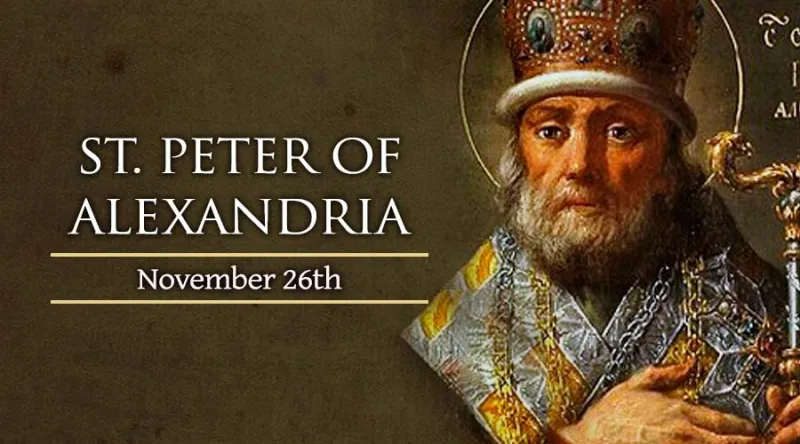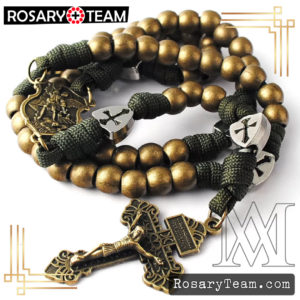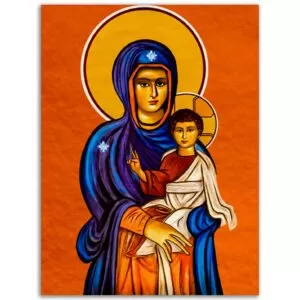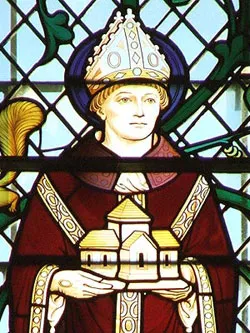St. Peter of Alexandria

 St. Peter of Alexandria
St. Peter of Alexandria Feast date: Nov 26
Local commemorations of the fourth-century martyr Saint Peter of Alexandria will take place on Nov. 25 and 26. Although his feast day in the Western tradition (on the latter date) is no longer a part of the Roman Catholic Church’s universal calendar, he remains especially beloved among Catholic and Orthodox Christians of the Egyptian Coptic tradition.
Tradition attests that the Egyptian bishop was the last believer to suffer death at the hands of Roman imperial authorities for his faith in Christ. For this reason, St. Peter of Alexandria is known as the “Seal of the Martyrs.” He is said to have undertaken severe penances for the sake of the suffering Church during his lifetime, and written letters of encouragement to those in prison, before going to his death at the close of the “era of the martyrs.”
Both the date of Peter’s birth, and of his ordination as a priest, are unknown. It is clear, however, that he was chosen to lead Egypt’s main Catholic community in the year 300 after the death of Saint Theonas of Alexandria. He may have previously been in charge of Alexandria’s well-known catechetical school, an important center of religious instruction in the early Church. Peter’s own theological writings were cited in a later fifth-century dispute over Christ’s divinity and humanity.
In 302, the Emperor Diocletian and his subordinate Maximian attempted to wipe out the Church in the territories of the Roman Empire. They used their authority to destroy Church properties, imprison and torture believers, and eventually kill those who refused to take part in pagan ceremonies. As the Bishop of Alexandria, Peter offered spiritual support to those who faced these penalties, encouraging them to hold to their faith without compromise.
One acute problem for the Church during this period was the situation of the “lapsed.” These were Catholics who had violated their faith by participating in pagan rites under coercion, but who later repented and sought to be reconciled to the Church. Peter issued canonical directions for addressing their various situations, and these guidelines became an important part of the Eastern Christian tradition for centuries afterward.
Around the year 306, Peter led a council that deposed Bishop Meletius of Lycopolis, a member of the Catholic hierarchy who had allegedly offered sacrifice to a pagan idol. Peter left his diocese for reasons of safety during some portions of the persecution, giving Meletius an opening to set himself up as his rival and lead a schismatic church in the area.
The “Meletian schism” would continue to trouble the Church for years after the death of Alexandria’s legitimate bishop. Saint Athanasius, who led the Alexandrian Church during a later period in the fourth century, claimed that Meletius personally betrayed Peter of Alexandria to the state authorities during the Diocletian persecution.
Although Diocletian himself chose to resign his rule in in 305, persecution continued under Maximinus Daia, who assumed leadership of the Roman Empire’s eastern half in 310. The early Church historian Eusebius attests that Maximinus, during an imperial visit to Alexandria, unexpectedly ordered its bishop to be seized and killed without imprisonment or trial in 311. Three priests – Faustus, Dio, and Ammonius – were reportedly beheaded along with him.
St. Peter of Alexandria’s entry in the “History of the Patriarchs of the Coptic Church of Alexandria” (a volume first compiled by a Coptic Orthodox bishop in the 10th century) concludes with a description of the aftermath of his death.
“And the city was in confusion, and was greatly disturbed, when the people beheld this martyr of the Lord Christ. Then the chief men of the city came, and wrapped his body in the leathern mat on which he used to sleep; and they took him to the church … And, when the liturgy had been performed, they buried him with the fathers. May his prayers be with us and all those that are baptized!”
Saint of the Day – rosary.team
















